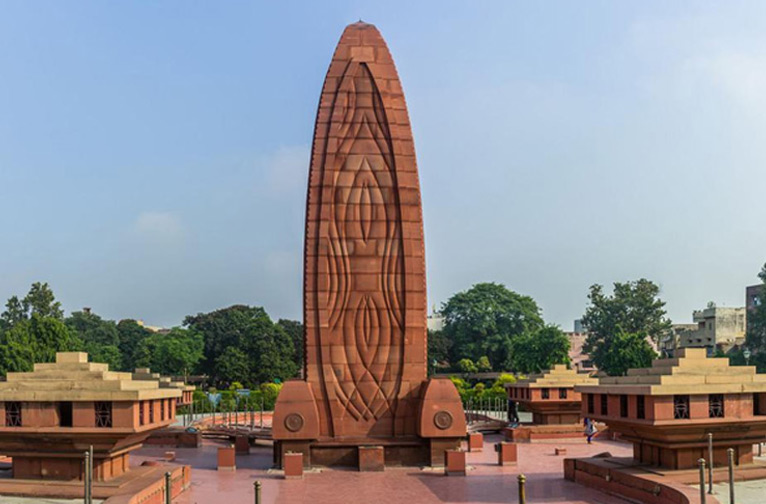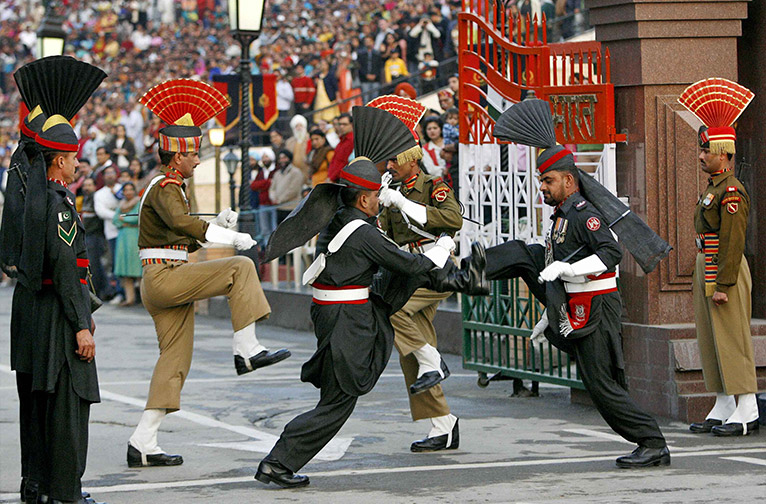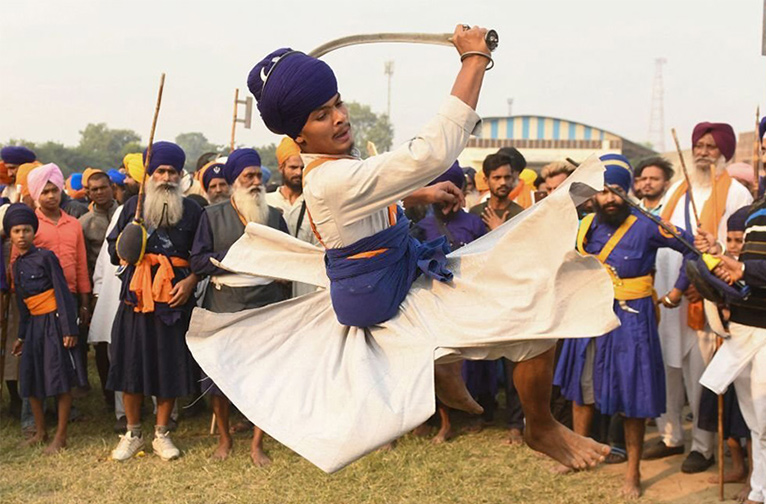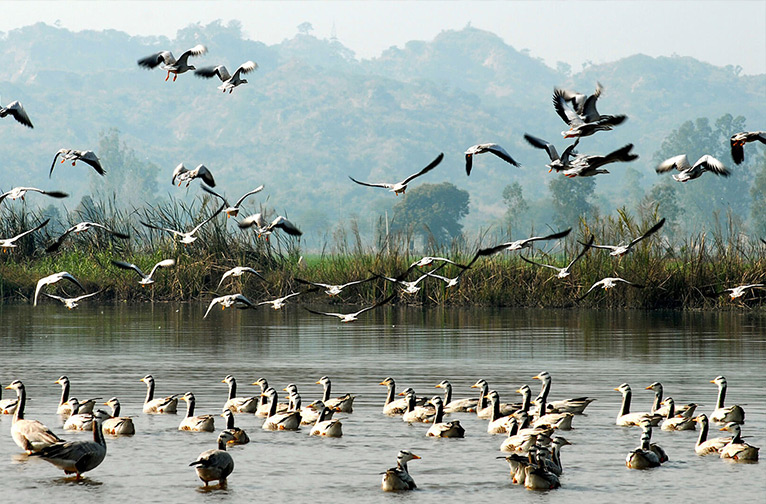The spiritual substance of Sikhs the world over, the Golden Temple in Amritsar, assuages the earthly sorrows of people of all faiths. The open-armed welcome to humanity by this deeply revered pilgrimage hub in Punjab is symbolised by the wide-open portals to the Harmandir Sahib, the principle shrine where the holy Granth Sahib is enshrined. Amritsar is a magnet for its Culture of Spirituality and Temporal Pursuits. While the city remains, a huge draw for its spiritual pursuits is also an excellent gateway to more temporal pleasures, such as commerce and industry, eating, shopping, sporting activities and birding tours in the countryside.
The Healing Vibes of the Golden Temple
Set amidst the atmospheric environs of the Old Quarter of Amritsar, the Golden Temple attracts streams of devotees and visitors all year round. The central shrine, the Harmandir, summons up the illusion of floating on the shimmering waters of the holy sarovar. Unspool the city’s spirituality coda as you watch devotees take the ritual cleansing dip before approaching the Granth Sahib, the Sikh Holy Book, to pay their respects to the sound of chanting from the scriptures by the granthis. As you walk around the shrine, approached by a causeway, the ritual parikrama is attended by the soothing recital of the gurbani. Other culture aspects of the temple demand your attention. You can take part in the Sikh rituals of kar seva (community service), where the kings and commoners, celebs and captain of industry, ditch their egos to humbly serve the public, either at the shoe stand or in the famous langar, the community kitchen which serves simple but delicious food to hundreds of visitors each day.


A visit to the nearby Partition Museum and the Jalianwalla Bagh is a must for visitors to recapture and understand the outcomes of the turbulent times of the ruthless and unmindful Partition of India by the British, before they shook the dust of the country off their boots to return home complacently to England. Amritsar, on the Indian side, and Lahore on the Pakistan side, saw the worst fallout of the Partition when Punjab was rent in two. The Partition is deeply embedded in the culture canvas of the city.
Rousing Patriotism at Wagah Border
The ceremonial changing of the guard at sunset at the Wagah Border at Amritsar, which divides India and Pakistan, is an unmissable window to the city’s culture. This site in Amritsar was one of the several gateways between the two countries which witnessed the most moving sights of that great migration when India was divided into two countries.
Sikh Martial Arts That Defy Time


It was Guru Gobind Singh, who in the 17th century, stiffened the spine of the Sikh community against its oppressors by introducing the more aggressive form of indigenous Sikh martial arts (Shastar Vidhiya) after the Mughals killed the fifth guru, Arjan Dev. In fact, the inspiration behind Guru Gobind Singh in these martial pursuits was his own father, Guru Hargobind Singh. In the Dasam Bani, Guru Gobind Singh tells you “When all other methods fail, it is proper to hold the sword in hand”. Shastar Vidhiya, or the science or knowledge of weapons was banned during British rule, so the Sikhs resorted to calling it Jhatka Gatka, or rather Gatka for short. You can explore this lively martial culture of self-defence and fighting skills with Gatka sticks, chakras and swords at a training centre where you can even learn to wield fighting sticks, swords and other weapons. But remember, you may never misuse these weapons. For example, the kirpan is only permitted to be used for defence or to dismantle tyranny and oppression. Training in using weapons, wrestling and horse riding were essential components of this more militant culture for remaining fit, alert and always ready to fight for Sikh youth in those turbulent days. The Nihang community of the Sikhs has long been custodians of the culture of Sikh martial arts and one can witness their amazing feats at festivals such as the annual Hola Mohalla at Amritsar of Anandpur Sahib.


Contortions of Kushti
Even you can learn to make some moves at a dangal (wrestling competition) in a local akhara, or mud-pit wrestling training school in Amritsar. Mud wrestling is peculiar to India’s sporting culture where the stakes can be pretty high for the participants, both in physical terms and monetary rewards! It’s interesting to recall that wrestling competitions and training sessions were prerequisite daily pursuits as a way of keeping physically fit, even during the days of Guru Angad Dev.
Birding at Harike
Follow local weekend traditions of Amritsar and pack a picnic basket to enjoy a day out in the country at the Harike Wetland, not too far away from the city precincts. The wetland, a precious Ramsar Site, is a magnet for a variety of different pursuits for birders on the river water and the surrounding fields and hedges. The Harike wetland, created by the confluence of the Sutlej and Beas rivers, is a fantastic habitat place for resident birds, waterfowl and migratory species.
Amritsar’s canvas of culture, with its hallmarks of spirituality and temporal pursuits, offers visitors a kaleidoscope of vibrant hues which demand you inspect them at leisure on each return to the city.